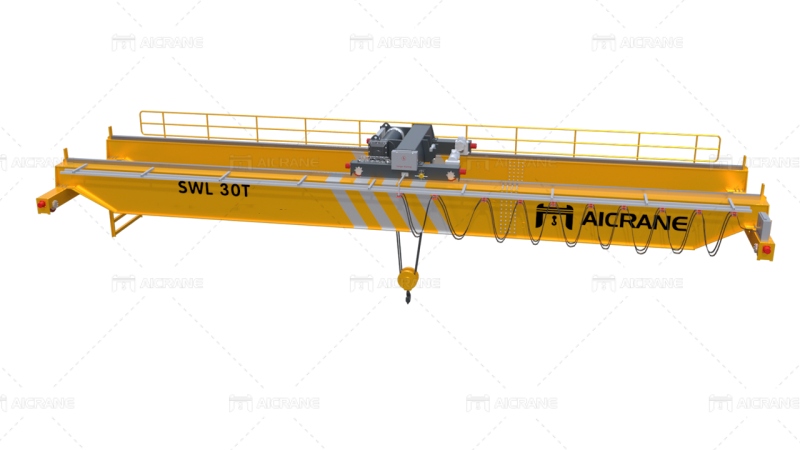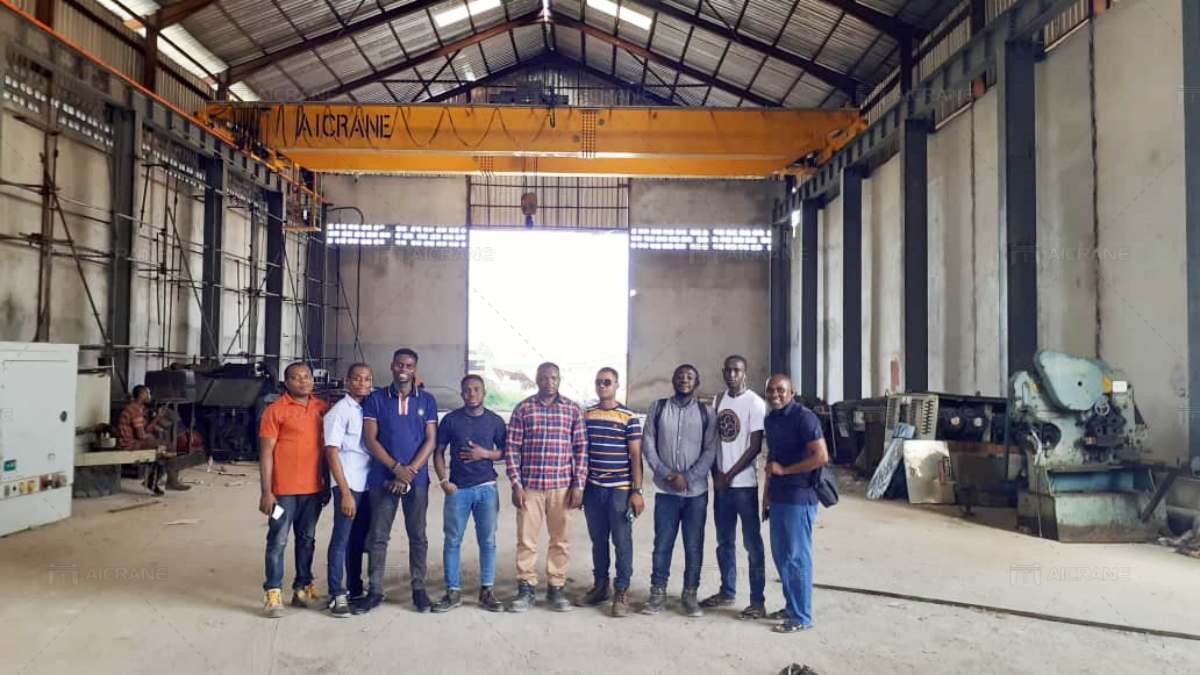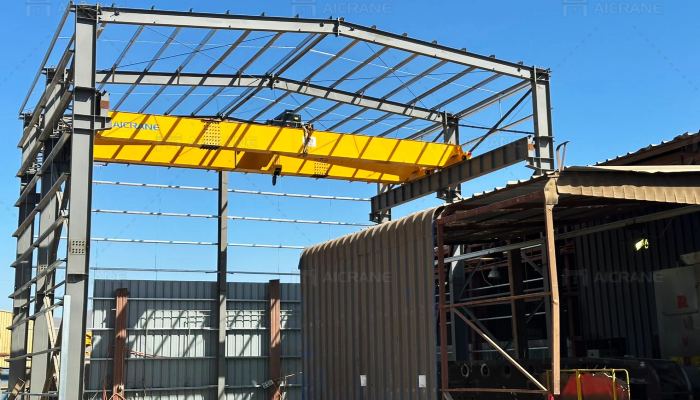When it comes to heavy lifting and industrial operations, choosing the right equipment is essential to ensure efficiency, safety, and productivity. Among the most popular choices for large-scale material handling are bridge cranes, specifically the 30 ton bridge crane. Whether it’s a double girder bridge crane, a double girder EOT crane, or an overhead crane, these machines are engineered to perform complex lifting tasks in various industries. This article takes you through the journey of a 30 ton bridge crane, from its design phase to its deployment, examining how these cranes are essential in transforming the workflow of many industrial applications.

The Design Phase of a 30 Ton Bridge Crane
The design of a 30 ton bridge crane starts with identifying the specific requirements of the facility and the type of material it will handle. The 30-ton capacity is typically suited for medium to large-scale industries, including manufacturing plants, steel mills, and warehouses, where heavy loads are commonplace.
A crucial consideration during the design phase is whether to opt for a double girder bridge crane or a single girder option. Double girder cranes, in particular, are preferred for heavy-duty applications because they provide superior lifting capacity, stability, and durability. This design features two parallel girders that distribute the weight evenly, allowing the crane to lift heavier loads with greater precision. In contrast, single girder cranes are lighter and more cost-effective but are limited in terms of lifting capacity and stability.
In the case of a double girder EOT (Electric Overhead Traveling) crane, the design integrates advanced electrical systems, ensuring smooth and controlled movement. The crane’s main components, including the hoist, trolley, and bridge, are designed to carry the load with precision, while the electrical system provides the power needed for operation. This combination of mechanical and electrical design ensures that a 30 ton EOT crane is capable of lifting loads efficiently and safely.
The Manufacturing Process
Once the design is finalized, the manufacturing process begins. The structural components of the double girder bridge crane are fabricated from high-quality steel to withstand the stresses of heavy lifting. The girders, beams, and supports are fabricated to the exact specifications needed for the facility. The hoist system is a critical part of the crane and is carefully engineered to handle the 30-ton load with ease.
The crane’s electrical system is integrated into the design, with advanced control panels allowing for smooth and precise operation. The hoist and trolley systems are powered by electric motors, which ensure consistent and reliable lifting performance. The safety features, such as overload sensors and emergency stops, are incorporated into the design to protect both the equipment and personnel during operation.

Testing and Quality Control
Before a 30 ton bridge crane is ready for deployment, it undergoes rigorous testing and quality control procedures. These tests ensure that the crane performs to the highest standards, meeting all safety and operational requirements. Load testing is conducted to ensure the crane can lift the full 30-ton capacity without issue, while functionality tests ensure that the hoist, trolley, and bridge systems work seamlessly together.
Electrical systems are tested for reliability and efficiency, ensuring that the crane operates smoothly under various conditions. The safety mechanisms are also tested to ensure they function properly in the event of an overload or emergency. Once all tests are completed successfully, the crane is ready for shipment.
Deployment and Installation
The deployment phase of a 30 ton bridge crane involves transporting the crane to the installation site. This process requires careful coordination to ensure that all components arrive in good condition and are assembled correctly. Installation typically takes place over the course of several days, depending on the complexity of the setup and the size of the facility.
For a double girder bridge crane installation, the process is slightly more involved than for a single girder crane due to the additional girders and heavier components. The crane is installed on overhead tracks that allow it to move along the length of the facility, while the hoist and trolley systems are set in place to handle the lifting operations. Once everything is installed, the crane is tested again to ensure it operates according to specifications.
One key benefit of working with a reputable supplier is the availability of overhead cranes for sale that come with professional installation services. These services ensure that the crane is correctly installed, calibrated, and ready to operate at full capacity. For businesses looking to save on installation costs, choosing a reliable supplier that offers installation as part of the package can be an invaluable investment.

Operation and Maintenance
Once installed, the 30 ton bridge crane enters the operational phase. At this stage, operators are trained to safely and efficiently handle the crane, ensuring maximum productivity and minimizing the risk of accidents. The double girder EOT crane is equipped with advanced control systems that allow operators to lift, move, and position loads with ease. These systems are designed for ease of use, allowing operators to focus on their tasks without worrying about the mechanics of the crane.
Maintenance is an essential part of ensuring the longevity and efficiency of the crane. Regular inspections and servicing are recommended to keep the crane in optimal working condition. The hoist and trolley systems require periodic lubrication, and the electrical systems need to be checked for wear and tear. A well-maintained crane can last for many years, providing reliable service for the heavy lifting needs of the business.
Conclusion
A 30-ton bridge crane, particularly a double girder bridge crane or double girder EOT crane, is an invaluable asset in industries that require heavy lifting. From the initial design phase, through manufacturing, testing, and installation, to ongoing operation and maintenance, these cranes provide the power, precision, and reliability needed to handle large and heavy loads with ease. The versatility of overhead cranes makes them suitable for a wide range of industries, from manufacturing and construction to logistics and warehouses. Whether you are looking for overhead cranes for sale or need to upgrade your current lifting equipment, investing in a high-quality 30 ton bridge crane will undoubtedly enhance your operations and productivity.